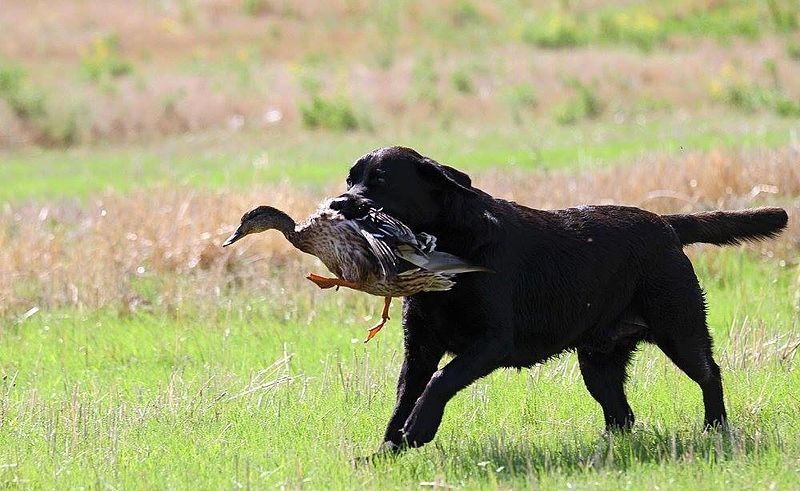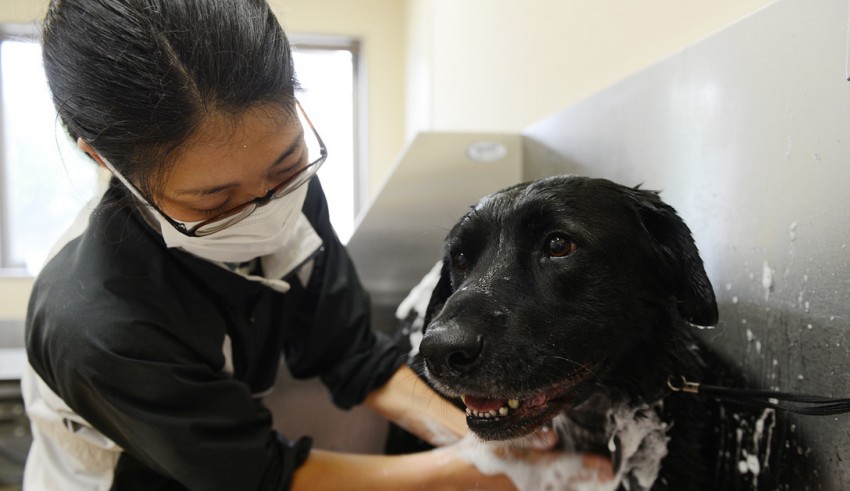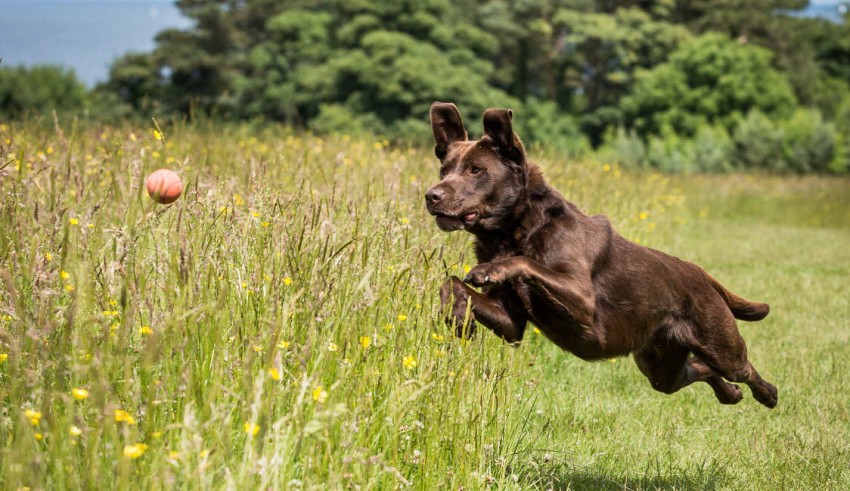
The Labrador Retriever or Lab is a Canadian and England origin dog that is known as a duck retriever and fisherman’s mate. They are a large breed of gun- dogs that helped hunters to finde and hunt, especially birds. Also, they are Therapy dogs because they are trained to assist blind and autism people, Besides, these dogs are a good companion for detectives and have a great ability to search and find.
History
The origin of this breed dates back to the Labrador region of Canada. In the early 1880s, it was recognized by English traders who traveled to Canada. These dogs were brought to England with a good sample, and in 1870, the name of this breed became popular among English people. In 1902, this breed was recognized by the American Kennel Club (AKC) and registered in 1917. Now, they are so popular in the USA, Canada, and the UK.
Appearance
Coat: Because of this, their coat had to be compatible with Canadian cold weather; they are water-resistant and have a naturally oily, dry, short, and dense coat. Also, they have a Straight tail, heavy bones, and a powerful and muscular body.
Weight and height: standard weights for males and females are 29–36 kg and 25–32 kg, respectively. Even the acceptable heights for males and females are 57 to 62 cm and 55 to 60 cm, respectively.
Colour: we can see Yellow, chocolate, and black Labs. Black Lab is so popular among people, and they always prefer black and Chocolate Labradors. Yellow labs can be seen in many Shades of Yellow, such as creamy white, gold, and fox red.
Head: Labrador Retriever can be recognized by kind and expressive brown and haze eyes with black lining around them, apple shape, and broadhead with ears hanging very close to the head. They have a strong medium-length muzzle with strong jaws.
Characteristic
Labradors are energetic, friendly, and intelligent. They are very kind and playful dogs and can easily cope with family members, especially children. As we mentioned, they are smart and can be easily trained. They are also suitable for the elderly, disabled, and sick people because they are assistance dogs. Their sense of smell is so strong, and they are fast and athletic. Labradors mature in three years, and female dogs are more independent than males. They need a lot of attention and care; if you ignore them or leave them alone for a while, they may leave you and vanish.
Health and diet: Labradors should not be overweight; therefore, they should receive a balanced diet with a combination of vitamins, calories, protein, and minerals. Adult dogs should be fed special dog foods twice daily. However, according to veterinarians, puppies should be given a specially formulated diet to avoid various diseases. Groom dogs’ coats weekly and bathe them with dog shampoo occasionally, not more than once a month.
Labrador Retriever’s common health problems: Labs may experience one or more of these problems. For example, obesity is a prevalent problem; hip or elbow dysplasia, heart diseases, and ear infections are the other types of diseases. Their life span is 10-12 years.
Exercise: These dogs are very energetic and need play and exercise. Two hours of exercise a day is perfect for their health. These dogs love sports like swimming and game of fetch. But when they are still puppies, and their bones are weak, be careful not to hurt them while playing and exercising. Labs are very social dogs, so let them run and play with other dogs, which is essential for maintaining their morale and health.
Facts about Labrador Retriever
-Labs are good swimmers because of their thick tails and a waterproof coat.
– Contrary to popular opinion, their color does not represent their personality. For example, they say that black Labs are perfect for hunting and yellow are the laziest of the breed, but these have not been scientifically proven.
– They run very fast and can run more than twelve miles in three seconds.
-In 1924, A lab went to jail because of killing the Pennsylvania Governor’s wife’s cat.
– Labrador Retrievers are the most famous guide dogs in America.
-Labradors can recognize early stages of human cancers, particularly ovarian cancer, by sniffing the patients’ breath, blood, or stool.
























